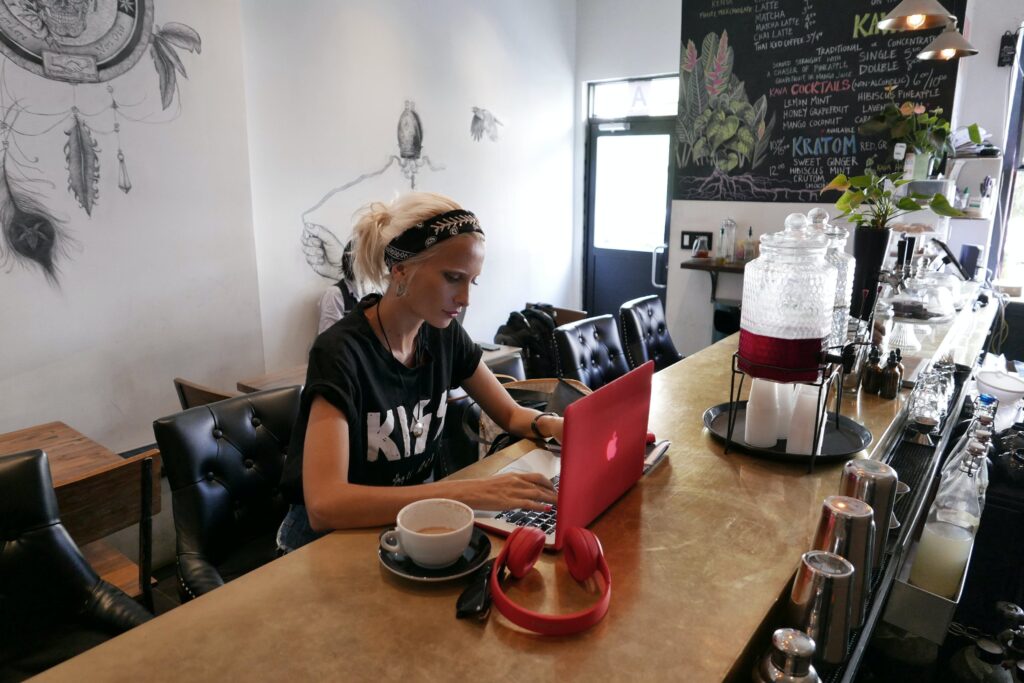Despite ambitions to expand the coverage of Tesco’s rapid delivery services, CEO Ken Murphy has conceded that he is still “unsure” how the retailer would generate money from them.
“It’s a hot market right now. “It appears to be attracting a lot of money and investment, as well as a lot of attention,” he remarked during a press call this morning (18 June). During the epidemic, rivals Co-op, Sainsbury’s, Aldi, Waitrose, and Morrisons have all made their items available on Deliveroo.
“The fact is, we’re not sure what the economic offer is yet, and we’re not sure what the customer need is. Is it really ten minutes? Is it a half-hour? Is it one o’clock?” Tesco’s internet business first turned a profit in April 2021, the month after the Covid-19 epidemic broke out. Rapid food delivery firms like Deliveroo, on the other hand, have yet to make a profit.
Tesco is expanding trials of its own speedy grocery delivery service Whoosh, despite seeing online grocery sales climb by 22.2 percent year on year in the first quarter of 2021. In May 2021, the service debuted in a single Tesco Express shop, promising to deliver modest grocery orders in 60 minutes. It’s now available in 11 more locations across the United Kingdom.
Tesco has also expanded its collaboration with Deliveroo and One-Stop, the convenience store behemoth that has been a Tesco subsidiary since 2003. The partnership was first tested in August in a small number of stores, and it is now accessible at 260 of One Stop’s 900 UK locations.
“We must address challenges for clients and adapt to their requirements. “You have to keep that in the back of your mind at all times,” Murphy said. “You increasingly need to think about the consumer holistically, assisting them with a variety of objectives and looking at the complete picture rather than just a single component. Our web business has taught us a lot about this.”
He went on to say that there has been a “gold rush” in the rapid delivery business, with food companies going on a “land grab” to try to gain new clients, which is ultimately costly. Murphy, on the other hand, feels there is a way to profit from the service if Tesco can discover “the appropriate model.” “It’s more of a wait-and-see [tactic] than a slam dunk,” he remarked.
Despite the relaxation of Covid-19 limitations, Tesco’s online grocery business continues to fulfil 1.3 million orders per week, an increase of 81.6 percent over the previous two years. The supermarket is also extending its ‘click and collect service, with 46 new locations set to open in the first quarter of 2021, bringing the total number of locations in the UK to 400.
When limitations are lifted completely, Murphy expects internet sales to take a “small step down,” followed by another when foreign travel is fully opened up. While Tesco is unsure where its internet business will end up, Murphy said the company is “pleased” with how robust it has been thus far. “We are at an exciting time as we emerge from the pandemic. He stated, “We’re becoming a more digital firm.”
“We have the elements in place to provide a strong convenience, offering to clients, thanks to our strong internet coverage, vast reach through our storage infrastructure, and flexible business model.”








